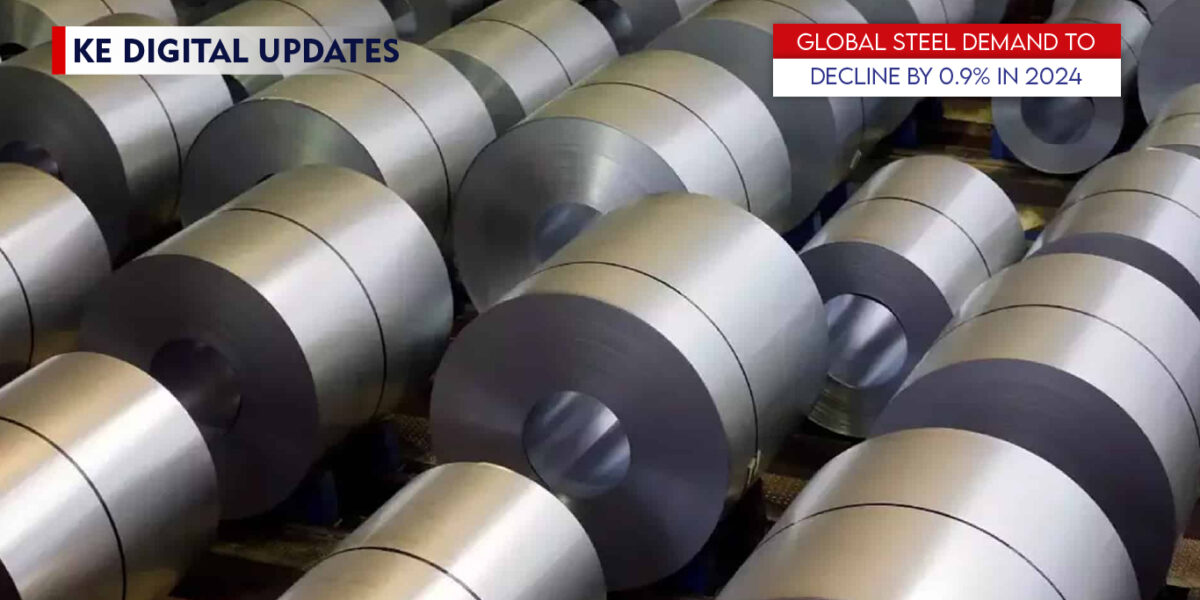Published on Oct 15, 2024
The World Steel Association has projected a slight decline in global steel demand for 2024, estimating a 0.9% decrease to 1.75 billion tons from the previous year. This anticipated drop follows a trend of fluctuating demand influenced by various economic and geopolitical factors.
Key Drivers and Regional Insights
India’s Rising Influence
Since 2021, India has been a significant driver of global steel demand. This trend is expected to persist, with India continuing to bolster its steel consumption in 2024 and 2025. The country’s robust infrastructure projects and industrial growth primarily contribute to this sustained demand.
China’s Declining Demand
In contrast, China, the world’s largest steel consumer, is projected to see a 3% decline in steel demand in 2024, followed by an additional 1% decrease in 2025. This reduction is attributed to the country’s slowing economic growth and a shift towards more sustainable and less steel-intensive industries.
Developing Countries’ Growth
Developing countries, excluding China, are expected to show a positive trend. In 2024, these nations are projected to experience a 3.5% increase in steel demand, with a further 4.2% growth in 2025. Regions such as the Middle East, North Africa, and ASEAN are anticipated to recover from the significant slowdown experienced in 2022-2023, driven by renewed economic activities and infrastructure investments.
Developed Countries’ Downturn
Developed economies, including the United States, Japan, Korea, and Germany, will face a 2.0% decline in steel demand in 2024. These countries are grappling with economic downturns and reduced industrial activities. However, a modest recovery is expected in 2025, with a projected 1.9% growth in steel demand as these economies stabilize and industrial activities pick up.
Future Outlook
Despite the projected decline in 2024, the global steel market is expected to rebound in 2025 with a 1.2% year-on-year growth, reaching 1.77 billion tons. This recovery will be driven by the continued expansion in developing countries and a gradual stabilization in developed economies.
The steel industry remains a critical component of global economic development, and market analysts and policymakers closely watch its demand trends. As the world navigates through economic uncertainties and transitions towards more sustainable practices, the steel demand landscape will continue to evolve, reflecting broader economic and industrial shifts.


